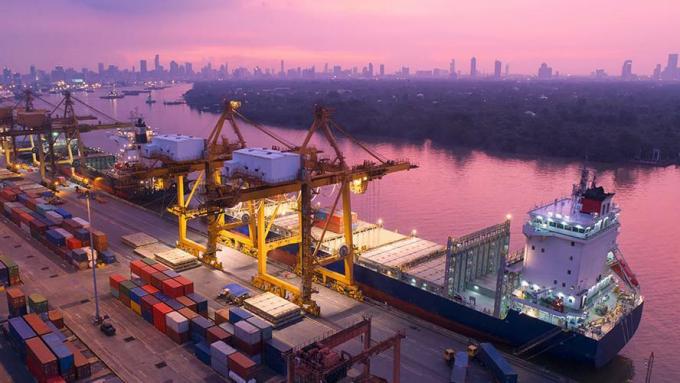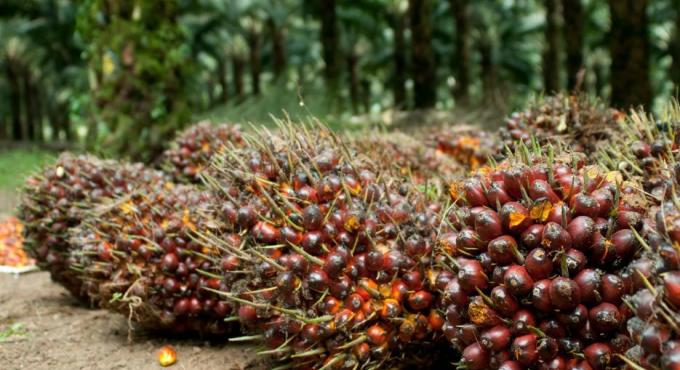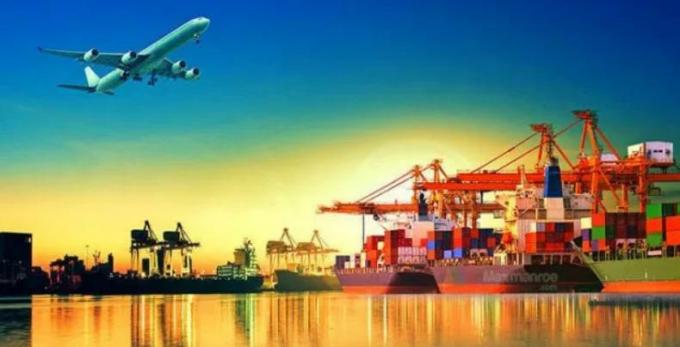Export and Import
X
Advertisements
Loading...
The meaning of export and import is very different, so that you are not confused in distinguishing between the two, take a good look at the following reviews.
list of contents
EXPORT
Here are things you need to know regarding export activities, including:
1. Definition of Export

Advertisement
Export is an activity to remove an item from the customs area.
Customs area or area is an area belonging to the Republic of Indonesia which consists of land, waters, as well as air, which also includes all certain areas contained within the Economic Zone Exclusive.
So that it can be concluded, export is an activity of removing goods from domestic to overseas while still meeting the standards of existing regulations and provisions.
This export activity is generally carried out by a country if that country can produce products goods with a fairly large amount but the number of products that turned out to have been fulfilled inside country.
To overcome this, the product is sent to a country that does not produce it the goods or the amount of production cannot meet the needs of the community in the destination country.
2. Definition of Exporter

Exporter is the activity of individuals and legal entities by carrying out export activities.
If export activities are carried out on a fairly large scale, then the shipping process will involve Customs, whose role is as a traffic controller within a country.
All goods to be exported have provisions depending on the type of goods themselves.
Not all people are able to carry out exports, because they are required to follow several stages of procedures that must be followed.
But actually, the steps of the procedure for exporting are easier than imports, because the import procedure has many regulations, especially on taxes.
However, when exporting, only a few products will be subject to export taxes, such as exports of rattan, wood, and crude palm oil.
3. Export Benefits and Destinations

The following are some of the objectives and benefits of export activities, including:
a. Controlling Product Prices
Export activities in a country can make that country able to take advantage of the overcapacity of a product.
This allows the state to control the price of export products in its territory.
Why?
Because when the product can be produced easily and abundantly, then the local product will definitely have a cheaper price.
Therefore, the state must export to foreign countries that need the product more so that the state can control prices in the local market.
b. Growing Domestic Industry
Export is a trading activity on an international scope that is carried out to provide a stimulation of a demand from within the country, so that it can create a variety of other industries that bigger.
With increasing export demand for a product, it can have a direct impact on industrial development in a country.
Thus, it is able to create a more conducive business climate.
Not only that, a country will also be able to get used to being able to compete in the international market and be better trained in the tight competition of international trade.
c. Adding Foreign Exchange
Export activities have a positive impact on economic development in a country.
The benefits of this export activity are that it can open up new market opportunities abroad as an effort to expand the domestic market, grow investment, and increase the country's foreign exchange.
Advertisement
d. Expanding Jobs
Export activities can also create jobs for the surrounding community.
e. Expanding the Market for Indonesian Products
Export activities are also one way to be able to market local products abroad.
4. Indonesian Export Commodities

There are 5 largest export commodities owned by the Indonesian state, including the following:
a. Cocoa
You need to know that Indonesia is the third largest producer of cocoa beans and there are many in the world.
These cocoa beans will later be processed into chocolate-based food products.
Products from cocoa beans that will be sent abroad are products that have met the Indonesian National Standard (SNI).
b. Rubber Commodity
Besides cocoa, Indonesia is also the second largest rubber producer in the world.
Therefore, it is not surprising that rubber is used as the main and largest commodity in Indonesia.
Many of Indonesia's rubber products are sent to several developed countries, such as China, Japan, and America.
c. Palm oil
Palm oil is one of the basic ingredients for making several products such as cooking oil, soap, butter, and various beauty products.
Most of the exports are in the form of palm kernel oil, palm kernel oil and palm oil.
In general, Indonesia will send large quantities of palm oil to Pakistan, India and China.
f. Textile Products
The rise of various textile industries in Indonesia is able to increase domestic foreign exchange by exporting textile products.
g. Forest Products
Indonesia is a tropical country that has a lot of forest, so the wood industry in Indonesia has very good development prospects.
Some forest products are sent abroad such as paper pulp and wood.
IMPORT
Here are things you need to know regarding import activities, including:
1. Definition of Import

Import is an activity of marketing goods products from the Customs Area or buying a product of goods / services from other countries to be able to meet basic needs in the country.
Example:
The country of Indonesia does not have wheat products, so to be able to meet the needs of wheat, Indonesia must buy wheat products from other countries.
The activity of sending imported goods that is carried out on a large scale requires an assistance process carried out by customs.
Usually, the government will set a tax rate for each imported product at each importer.
It also makes imported goods have a higher price than local products. Because these products have added tax costs that must be paid by consumers at the time of buying them.
But not all products can / may enter as imported goods.
Advertisement
The Directorate of Customs and Excise has regulations that allow and prohibit imported goods, such as illegal drugs, firearms, animals, and all objects containing pornographic elements.
2. Import Benefits and Purpose

As previously discussed, import activities have the main objective of meeting domestic needs.
These export and import activities are a means of communication and cooperation for each country.
There is at least one thing that must enable the country to build good relations with other countries in order to fulfill all its needs, including economic activities.
In addition, there are also other import objectives, namely to improve the balance of payments and reduce the outflow of foreign exchange to other countries.
For the benefit of import itself, namely to obtain raw materials, modern technology, goods and services against a certain type of product that is limited in number / cannot be produced domestically alone.
Which it can support the stability of the country indirectly.
3. Indonesian Imported Commodities

Here are some examples of products that are widely imported into Indonesia, including:
a. Food Sector
In the food sector, the largest imported commodities in Indonesia are frozen animal meat, fruits, rice and soybeans.
Surprisingly enough, even though Indonesia has a lot of rice fields, in reality the demand for rice in Indonesia is still not sufficient so it is necessary to import from other countries, such as Thailand, Vietnam, and others India.
b. Raw material
For the raw material category, the largest imported commodities in Indonesia are helicopter equipment and mechanical aircraft engines, electronic equipment, iron and steel.
The supply of aircraft and helicopter equipment is still imported from other countries because PT Dirgantara Indonesia itself is still not able to produce helicopters and aircraft alone.
Export and Import Commodity Factors

Commodity is a product of goods or services that can meet the needs of the buyer.
The type of commodity to be exported to a country must have its own advantages and disadvantages.
But there are at least three factors that can affect the superiority of a commodity, including:
a. Natural Factor
Advertisement
The geographical situation in a country is one of the factors that can affect the superiority of a commodity.
For example, in Indonesia, which has a tropical climate, so many rubber trees can thrive.
b. Technological Factor
The use of technology in the process of making a commodity also has a major influence on the quality of the product.
So that the superiority of a commodity product can also be determined from the increasingly advanced technology used.
c. Production Cost Factor
And most importantly, the factor of production costs also contributes to influencing the superiority of a commodity product.
The effect of an item's price can be influenced by low production costs. The cheaper a price, it can be determined from the lower the cost of production.
Conclusion

In international trade, export and import activities are supervised and also managed by the customs agency or customs.
Customs in Indonesia is the Directorate General of Customs and Excise which is under the Ministry of Finance to collect duties on goods that go out and enter.
Export and import destinations:
Export is done to make a profit from selling unused or excess goods within a country.
Export example:
Arab countries that become oil fields export oil because the supply of oil in their country is very abundant.
Meanwhile, imports are carried out to meet domestic needs.
Import example:
In the past, barter / exchange of goods was done to meet needs.
In the 16th century, for example, Portuguese sailors exchanged gold and diamonds in order to obtain spices from the archipelago.
Reporting from Globalization 101, until now no country can be truly independent without requiring goods and services from other countries.
That is the explanation of the meaning of exports and imports along with the goals, benefits, and commodities of our country. Hope it helps!
